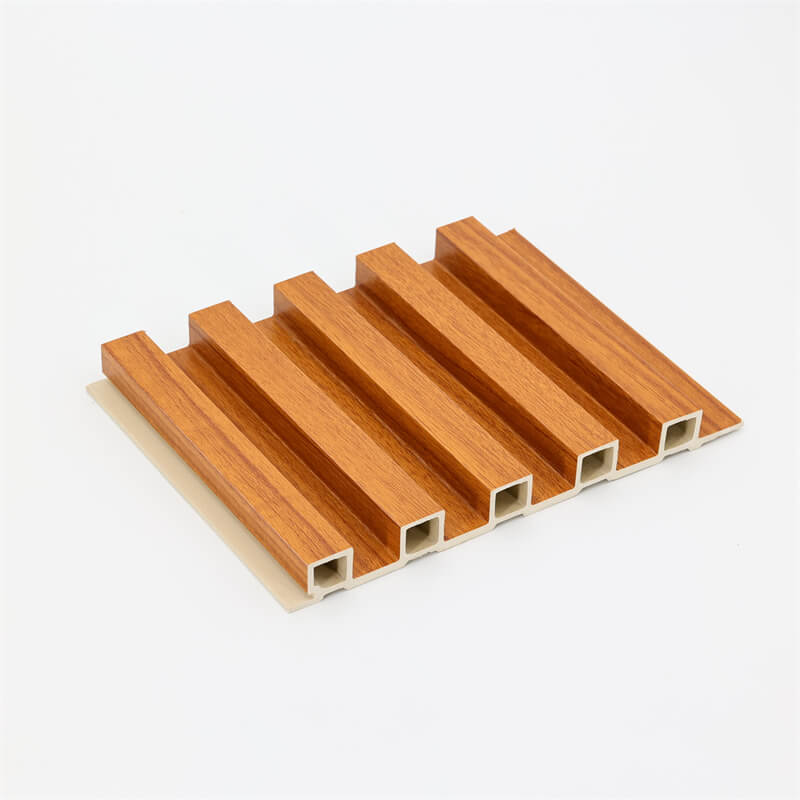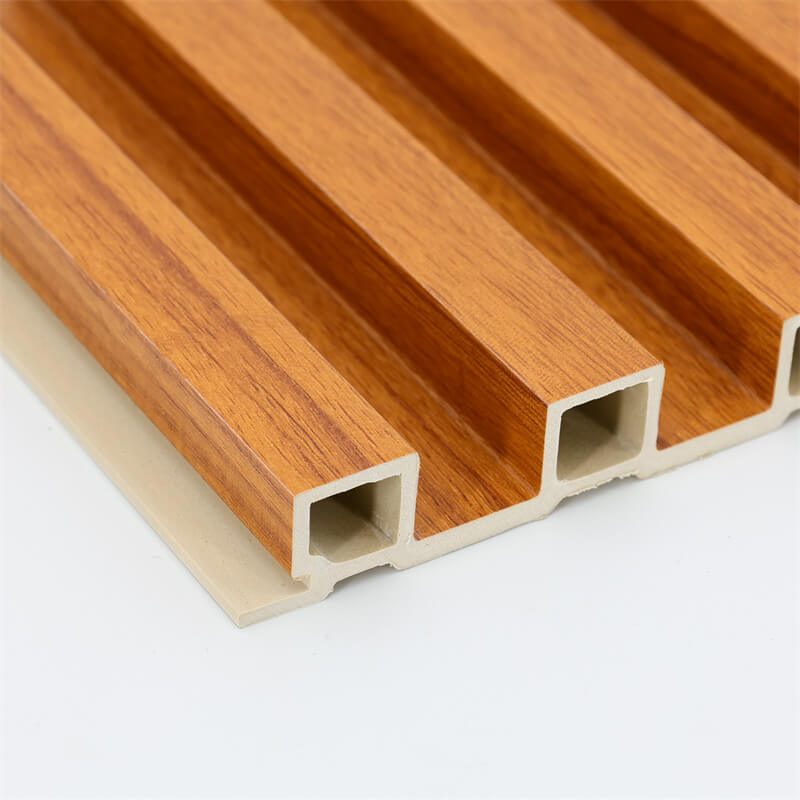
In the realm of interior design, the choice of materials plays a crucial role in shaping the ambiance and aesthetics of a space.
When it comes to striking the perfect balance between sustainability, durability, and visual appeal, Wood-Plastic Composite (WPC) panels stand out as an excellent choice.
WPC panels offer a fusion of natural wood’s warmth and plastic’s resilience, making them an ideal material for a wide range of interior applications.
This article aims to delve into the various reasons why WPC panels are becoming increasingly popular in interior design projects, exploring their unique advantages and creative possibilities.
The Versatility of Wood-Plastic Composite Panels
Aesthetics and Natural Appeal One of the most significant reasons to choose WPC panels for interior design is their innate beauty and natural appearance.
The incorporation of wood fibers or flour in the composite gives WPC panels a genuine wood-like texture and color variations, creating an inviting and warm ambiance.
Whether used for wall paneling, flooring, or furniture, WPC panels infuse spaces with the timeless elegance of wood.
Wide Range of Designs and Finishes WPC panels offer a vast array of designs, patterns, and finishes to suit diverse interior design preferences.
From traditional wood grains to contemporary abstract designs, the options are virtually limitless.
Additionally, these panels can be easily molded during the manufacturing process, enabling customization for unique and personalized interiors.
Sustainable Interior Solutions For environmentally conscious designers and homeowners, WPC panels present an eco-friendly alternative to conventional wood products.
By utilizing recycled wood fibers and plastic, WPC panels help reduce the demand for natural wood and divert plastic waste from landfills.
Choosing WPC panels for interior projects promotes sustainable design practices and supports the conservation of forests.

Durability and Practicality
Enhanced Durability WPC panels are engineered to withstand the test of time.
They are highly resistant to moisture, rot, decay, and insect infestations, ensuring that interiors retain their appeal and structural integrity for years.
Unlike natural wood, which can be vulnerable to environmental factors, WPC panels offer exceptional durability, making them a cost-effective and long-lasting investment for interior spaces.
Low Maintenance Requirements One of the most significant advantages of WPC panels in interior design is their minimal maintenance needs.
Unlike natural wood, which often requires periodic staining or sealing, WPC panels only need regular cleaning with mild soap and water to maintain their appearance.
This low-maintenance feature makes them an attractive choice for busy homeowners and commercial spaces.
Moisture Resistance WPC panels are designed to be highly resistant to moisture, making them suitable for areas prone to humidity or dampness.
In applications like bathrooms, kitchens, and basements, where moisture is a concern, WPC panels offer a practical and visually appealing solution that resists warping or swelling.
Applications of WPC Panels in Interior Design
Interior Wall Paneling WPC panels are increasingly popular for interior wall paneling due to their ability to transform ordinary walls into focal points.
Whether used as accent walls or covering entire surfaces, WPC wall panels add character and charm to living rooms, bedrooms, offices, and commercial spaces.
Flooring Solutions WPC panels are also used as flooring solutions, offering the look and feel of real wood with added durability and moisture resistance.
WPC flooring is suitable for both residential and commercial spaces, providing a comfortable and visually appealing surface that stands up to heavy foot traffic.
Furniture Design Furniture designers and manufacturers are embracing the versatility of WPC panels to create innovative and sustainable pieces.
From tables and chairs to cabinets and shelves, WPC panels offer a durable and eco-friendly option for crafting contemporary and timeless furniture designs.

Designing with Wood-Plastic Composite Panels
Creating Harmonious Spaces WPC panels contribute to the creation of harmonious and inviting interior spaces.
Their natural aesthetics blend seamlessly with various design styles, from rustic and traditional to modern and minimalist.
By choosing WPC panels, designers can achieve a cohesive look that resonates with the overall theme of the interior.
Balancing Functionality and Beauty Interior design is not just about aesthetics; it also involves practicality and functionality.
WPC panels strike the perfect balance between visual appeal and durability, offering a material that enhances the usability and aesthetics of the space simultaneously.
Incorporating Sustainable Elements Incorporating sustainable elements in interior design is becoming increasingly important for both designers and clients.
WPC panels present a compelling option for those seeking eco-friendly solutions without compromising on style and performance.
By integrating WPC panels into their projects, designers contribute to sustainable practices while creating stunning interiors.
Wood-Plastic Composite (WPC) panels have emerged as a favored material in the realm of interior design for their versatility, aesthetics, durability, and sustainability.
From wall paneling to flooring and furniture design, WPC panels offer a plethora of creative possibilities for designers and architects.
Their ability to mimic the look and feel of natural wood while providing enhanced durability
and moisture resistance makes them a practical and aesthetically appealing choice for a wide range of interior applications.
By choosing WPC panels, designers can achieve not only beautiful and inviting interiors but also sustainable and eco-friendly spaces.
The combination of natural appeal, durability, and low maintenance makes WPC panels a reliable investment for both residential and commercial projects.
Embrace the possibilities of Wood-Plastic Composite panels and elevate your interior design projects to new heights of elegance and functionality.
